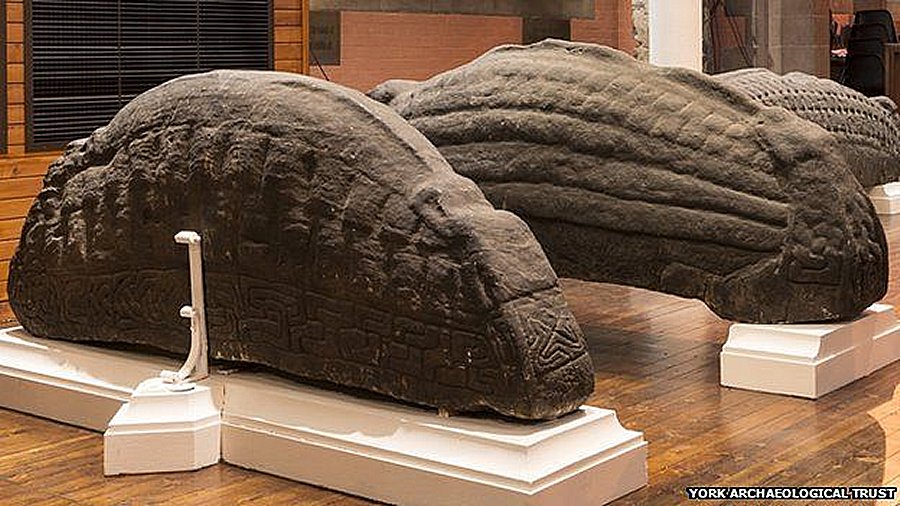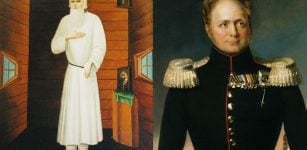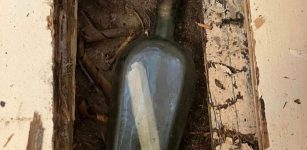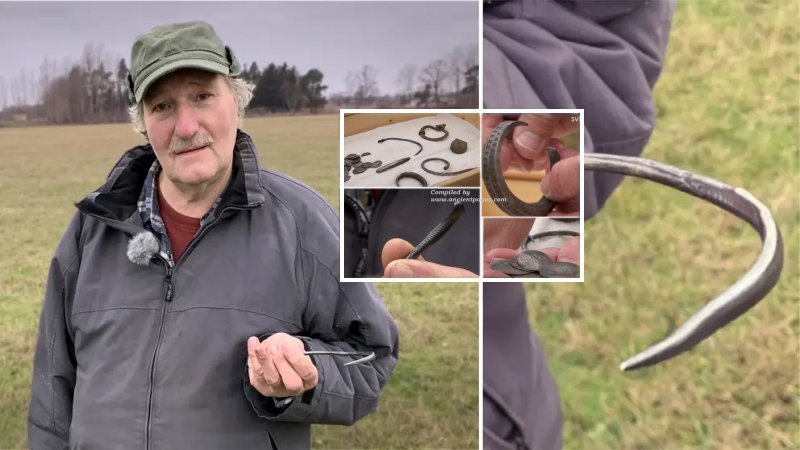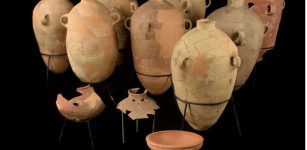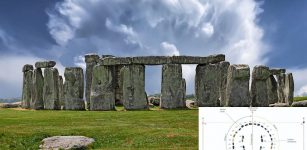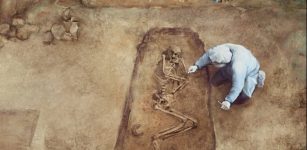The Govan Stones And The Viking Era In Britain
MessageToEagle.com – The Govan Stones, one of the best collections of early medieval sculpture anywhere in the British Isles, are preserved at Govan Old Parish Church, Glasgow, Scotland. They represent Viking-age monuments and were carved between the 9th – 11th centuries.
The Govan Stones are believed to commemorate the power of those who ruled the native Briton Kingdom of Strathclyde, the lost kingdom of the northern Britons.
Today, the Govan Stones consist of 31 grave stones, five massive “hogbacks,” and one remarkable sarcophagus.
The total number of stones was forty-five, but a number of them were lost. Interestingly, the missing ones were all of the same type: the horizontal cross-slab, designed to be placed on top of a grave. They all had a large cross carved on the front, surrounded by Celtic interlace patterns.
By the end of the nineteenth century, after a thousand years of exposure to the elements, many of the ancient carvings had worn away.
The Govan medieval stones are covered with classic Viking patterns, the elaborate interlace carving, including beautifully carved crosses and cross shafts.
They were designed to make the tombs of the dead look like mighty buildings in the Norse style. Although hogbacks are not found in Scandinavia, they are considered a unique invention made by the Viking settlers and can be found exclusively in areas of northern Britain settled by Vikings – southern Scotland, Cumbria and Yorkshire – and the Govan examples are by far the largest.
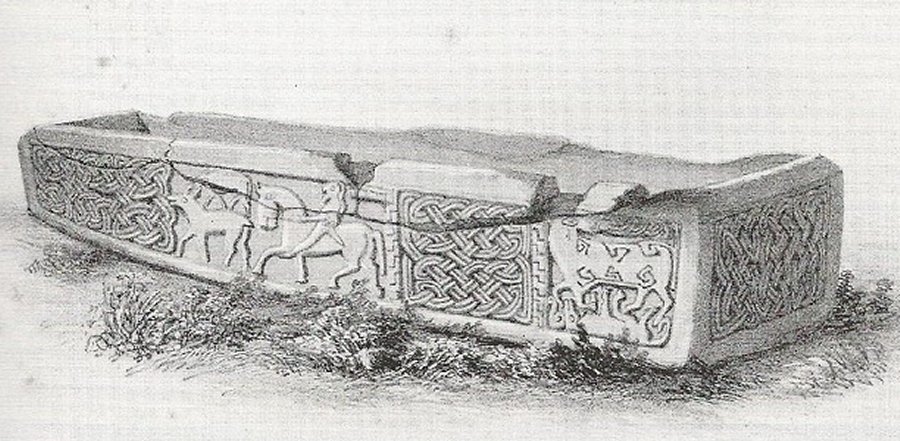
Particularly interesting is the Govan Sarcophagus with warrior figures – the only one of its kind carved from solid stone from pre-Norman, northern Britain. It was discovered in the church graveyard in December 1855 and – brought into the church in 1908.
The sarcophagus is carved from a block of sandstone, with the sides, decorated with panels depicting animals and a horseman alongside ribbon motifs.
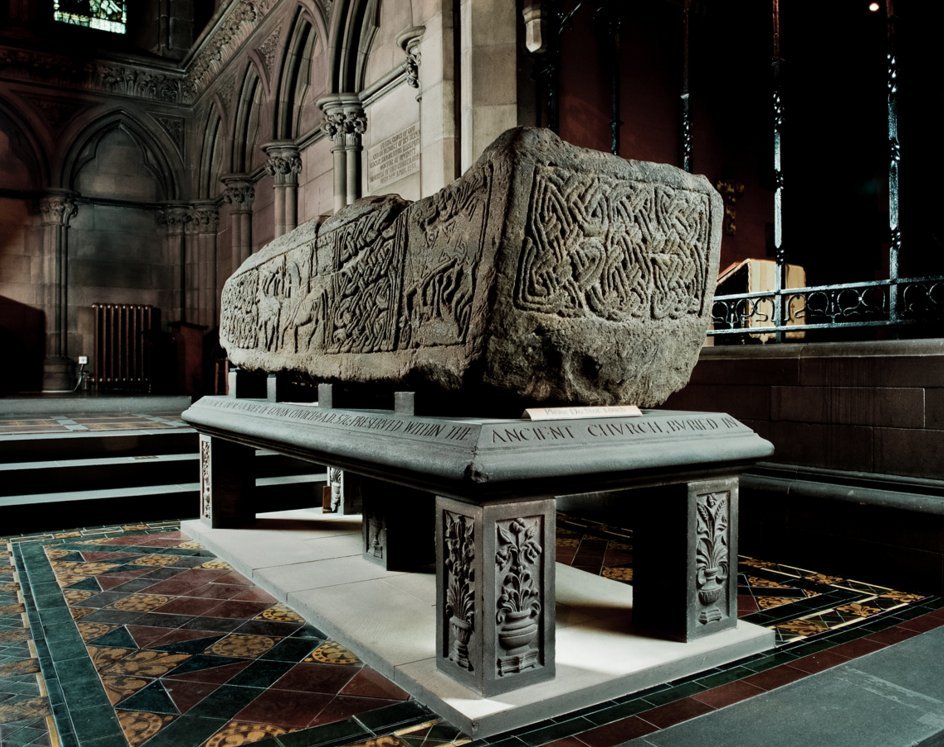
It may have been intended to hold the mortal remains of the founder of the medieval Church of St Constantine which was built on the site, where Govan Old Parish Church stands today.
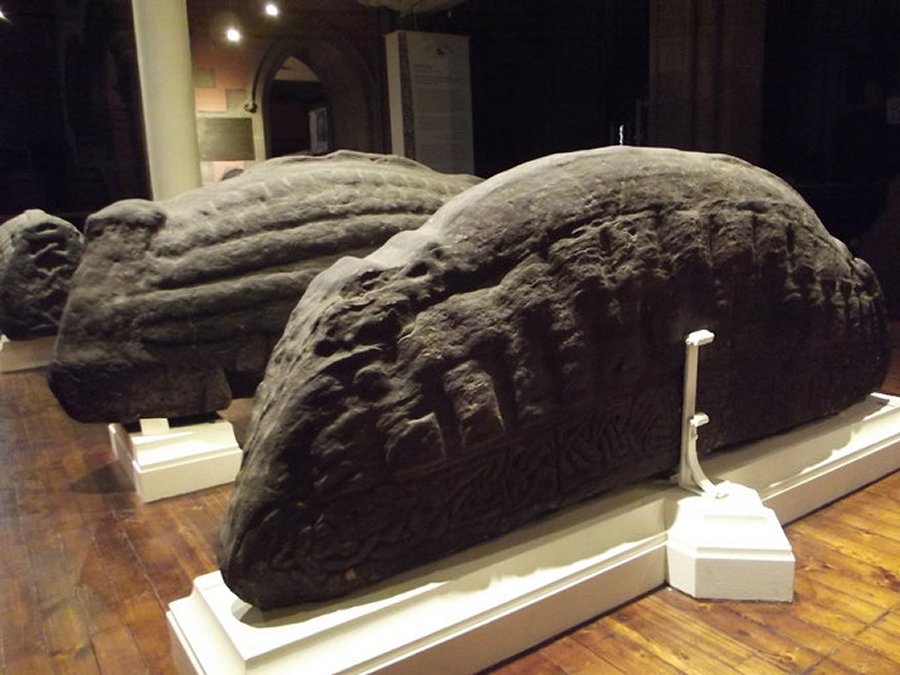
On the stones, there are no secular motifs depicting warriors and animals, which could suggest that these were gravestones for the local clergy, when Govan was a center of royal power in the kingdom of Strathclyde, but it is also possible that they commemorated the warrior aristocracy as well.
The names of the deceased are unknown, for no early inscriptions are visible on any of the monuments.
MessageToEagle.com
Expand for references
